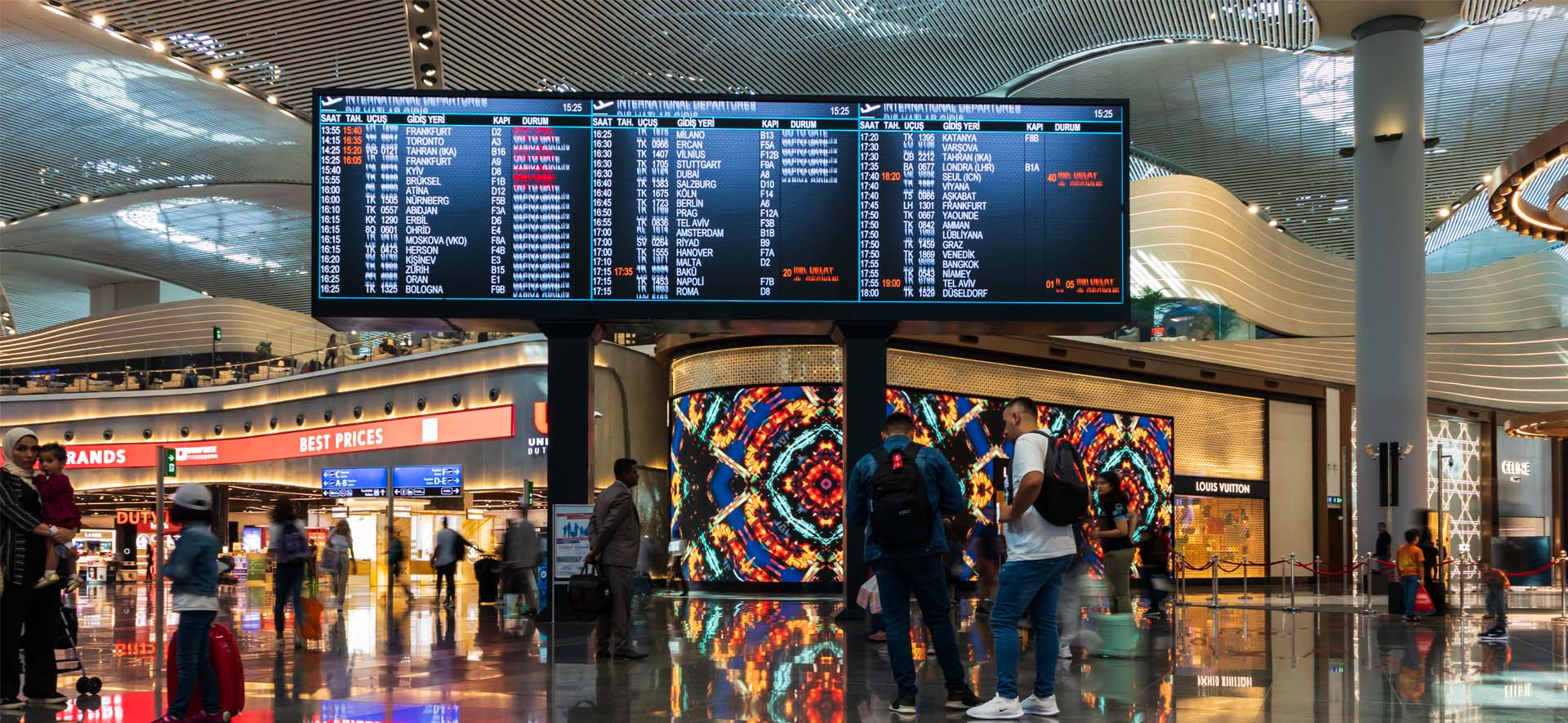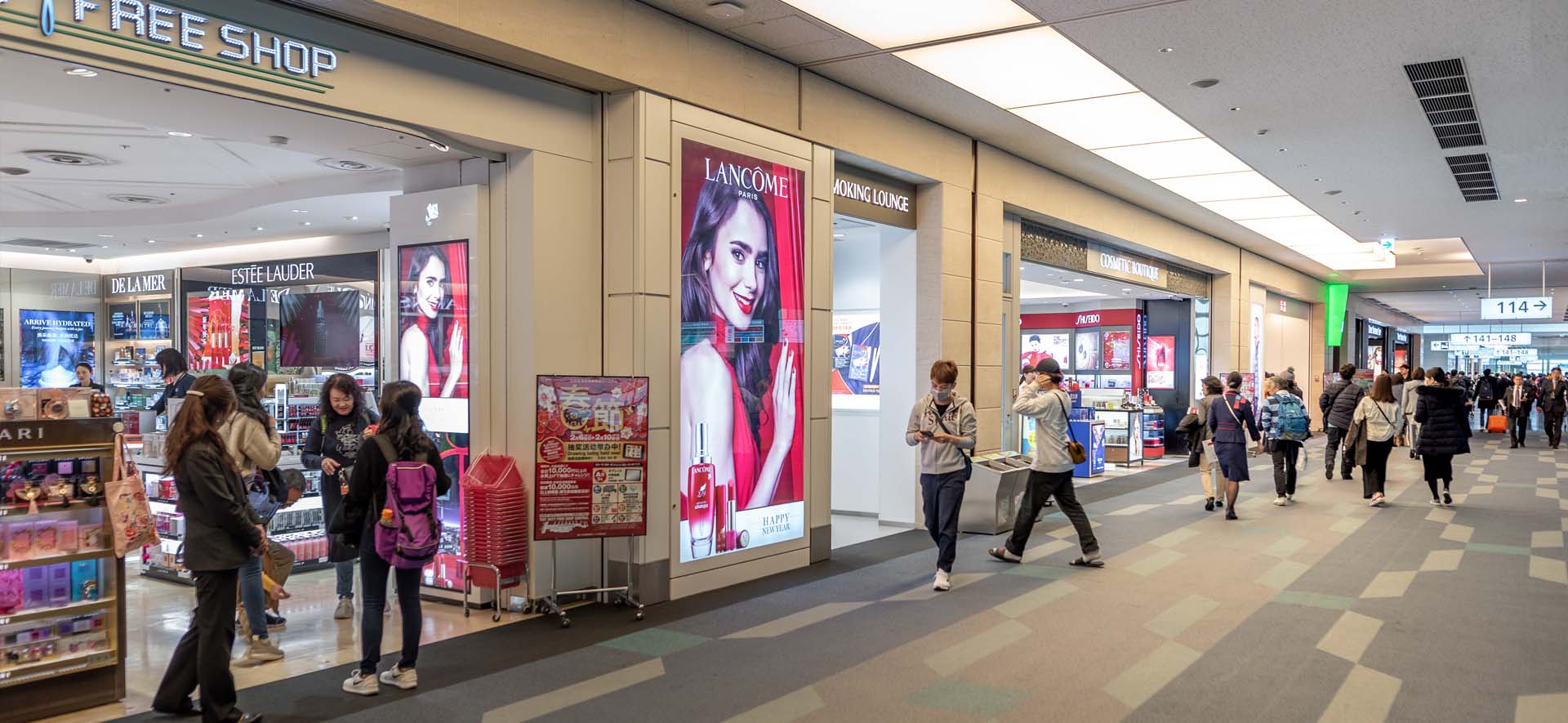The Must-Have Features for Digital Signage

What Is Digital Signage Technology?
Digital signage refers to any digital display solution or technology that can be used to communicate a message through audio-video visuals to the target audience. These people could be future clients for a brand, students at an educational institution, or office employees.
Digital signage is becoming increasingly popular and is being used more often by businesses and industries. Large digital displays and multi-display systems have become significantly less expensive, making them easier to use and more cost-effective.
Essential Features For A Perfect Digital Signage Solution
Digital signage solutions can be made more effective by following certain key principles and practices. Whether the objective is to educate, entertain, or promote a business, incorporating these must-have features will maximise digital signage's efficiency. A digital signage solution must have some critical characteristics that are enabled by a well-balanced combination of capable hardware and effective software. These are the essential features of digital signage solutions.

A Commercial-Grade Display
While they look similar, there are some significant differences between commercial-grade and consumer televisions or monitors. These differences are due to expected usage. Televisions in homes will be used on average for four hours per day, it will require a tuner to connect to FTA broadcasts, will have built-in speakers, will almost certainly include Smart TV functionality, and will have ports suitable for home living. The commercial display will lack these features, but this will not result in a lower price! A similar-sized commercial display will cost between 50% and 100% more than a comparable household television display.
Commercial displays are designed to operate 24 hours a day, seven days a week, which means the components utilised in their creation are of significantly higher quality. The screen will almost certainly have anti-burn in measures to solve the potential challenges associated with looping a brief video or even a static image.
Digital display solutions require commercial-grade displays.
A Digital Signage Media Player
The digital signage media players are crucial and are the second most important part after the display. Digital signage media players are embedded computers that attach to digital signage displays. The media player software is the core part of the technology. It allows users to upload, schedule, or play audio-visual content. When evaluating digital media players, it is important to consider whether the provider releases software and firmware updates. This is critical as digital media requirements and technology change rapidly.
Multi-Screen Support
Multiscreen digital signage can be used in retail or out-of-home advertising. It involves managing multiple displays at different locations, usually within the same facility. Additionally, it includes managing multiple displays together to form one unified digital display. For example, wayfinder displays in airports and shopping centres will be placed in different locations but display the same information. One common way of mounting multiple displays on one big display is to have them all mounted together. This is commonly used for quick-service restaurant menu boards. It is evident that centralised management can make efficient and effective information delivery possible in both these cases.
Display software must be able to centrally manage multiple displays and distribute visuals across them. This is essential for specifying the digital signage hardware.

Software and Remote Access
For centralised management, sophisticated digital signage software connects displays with media players. However, digital signage software solutions vary in size and complexity.
The following are key considerations for a display level:
- File types that are compatible with presentations, videos, and still imagery.
- Integrations with cloud services such as OneDrive and Dropbox.
- Advanced scheduling of content.
- Display orientation (some do not manage portrait orientation well).
- If the network is down, users can still use their internet connection.
- Start and powers off automatically.
This software can also be used to manage networks of displays. The digital signage software allows administrators to remotely manage content and screens from a single dashboard. This allows administrators to quickly monitor the status of digital displays and make adjustments, correcting errors as they occur, from a central dashboard. For a wider network, software should include network monitoring and prioritised notifications in the event of disruptions.
Mountable Easily In Any Place
Digital signage is a contemporary and attractive way to get people's attention in a creative and innovative manner. The secret behind digital signage is display mounting, which can make it or break it.
While digital signage mounting must be suitable for immediate needs, some considerations could help ensure future-proofing. For maintenance and repairs, ensure that the mounting allows access to the rear of the displays and digital signage media players. Users should choose modular mountings so that they can change the configuration as their digital signage needs change.
Safety is also important. Users can easily find incidents in which digital displays or media players have fallen off and are reported online. Innocent people have suffered serious injuries and even died as a result. High-quality digital display mountings made by highly efficient and reputable vendors can help to reduce this risk. Users should ensure that the display mountings they purchase are compliant with local safety standards. They should consult their network administrators for recommendations to help them find reputable manufacturers of digital display mountings.
Integration Of Dynamic Content
Digital display solutions allow for dynamic content integration to deliver engaging and relevant content in a timely, engaging, and easily reproducible manner. Integrations make it possible for operators to make changes on-screen to the content in real-time without needing to involve customers. User can update the content in retail environments, it should include coupons and discounts notifications.
Monitoring And Reporting On The Network
To monitor the health and performance of the digital signage network, it is important to keep an eye on its health. This allows end-users to see which content performs well at what times. This information can be used to optimise messaging and refine content schedules. It also allows users to gauge the performance of network components.
Conclusion
These factors will assist individuals or businesses to choose the best digital signage solution for their company. Clients must understand their business and determine the right digital display solution.
Businesses should thoroughly investigate all possible configurations for the system they intend to purchase. It will enable them to operate the system more efficiently and effectively while remaining within their budget.














